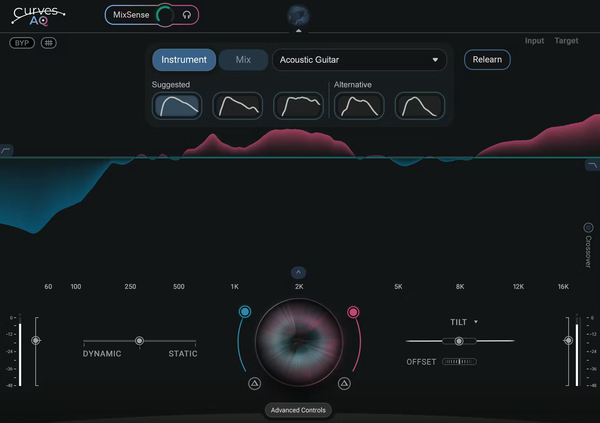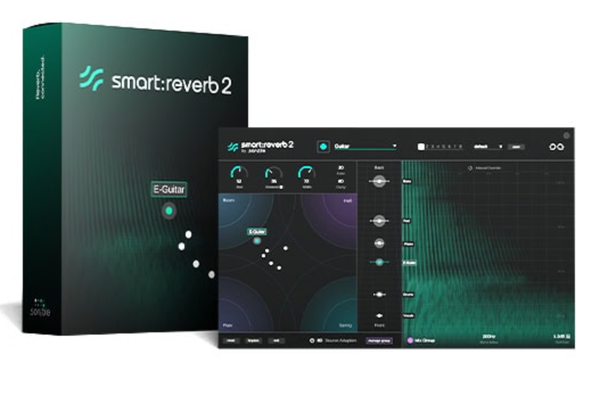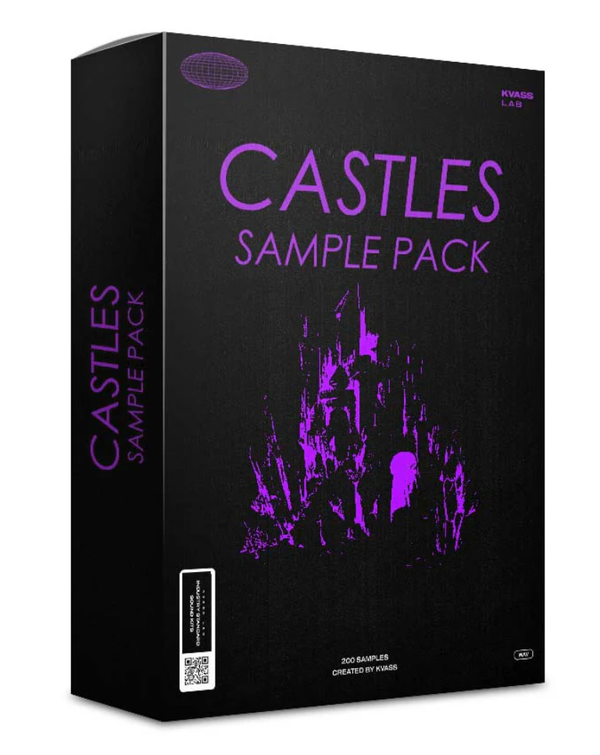SpectraLayers 12: Unpacking Steinberg's Latest Spectral Audio Editor
Steinberg has once again improved the standard in spectral audio editing with the release of SpectraLayers 12
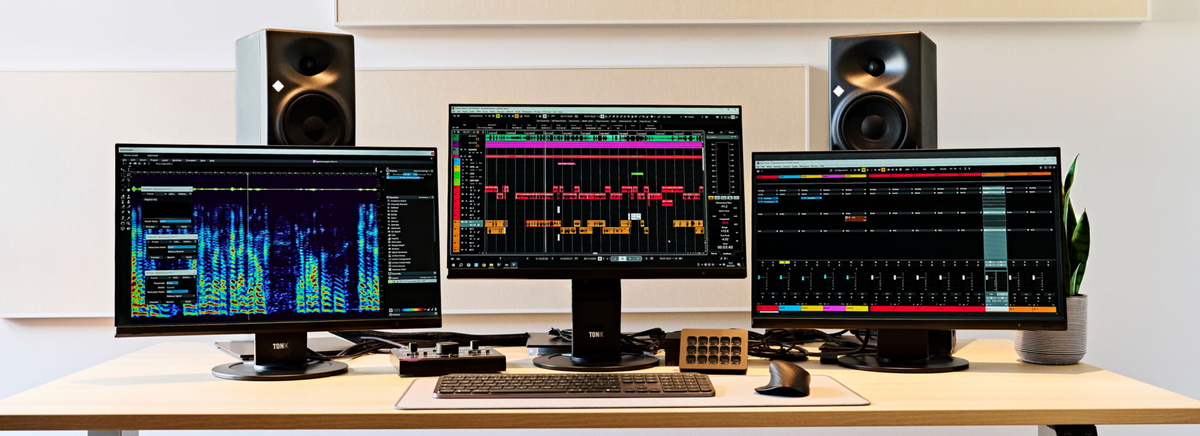
Steinberg has once again improved the standard in spectral audio editing with the release of SpectraLayers 12. This latest release of their acclaimed software brings a host of new features and significant enhancements, leveraging advanced algorithms and AI to offer unprecedented control and precision for music production, post-production, sound design, and audio restoration.
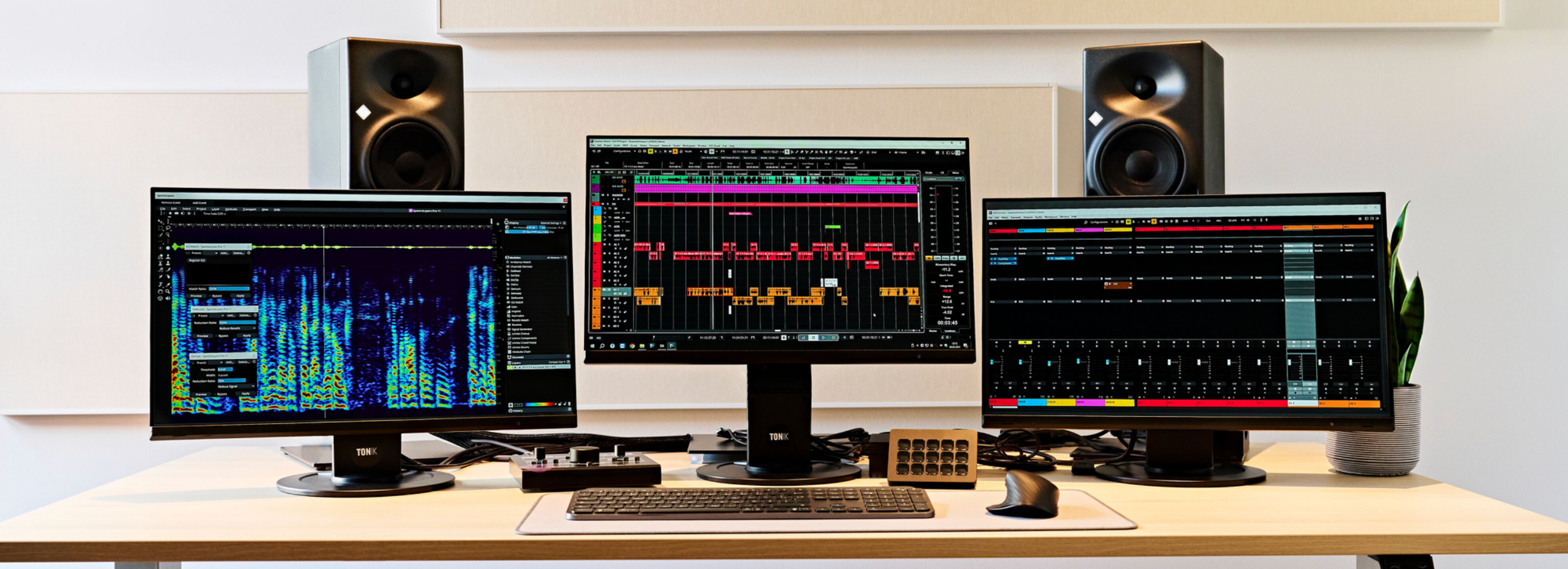
At the core of SpectraLayers 12's advancements are its improved unmixing capabilities. Two new unmixing modules stand out: Unmix Soundtrack and Unmix Instrument. Unmix Soundtrack is a game-changer for post-production professionals, allowing for the precise separation of audio into dialogue, effects, and music layers – an invaluable tool for working with complex mixed content like film soundtracks, trailers, and broadcast material. Unmix Instrument further refines this by enabling users to isolate and extract specific instruments after analysis, opening up new possibilities for remixing, re-arranging, and targeted processing.
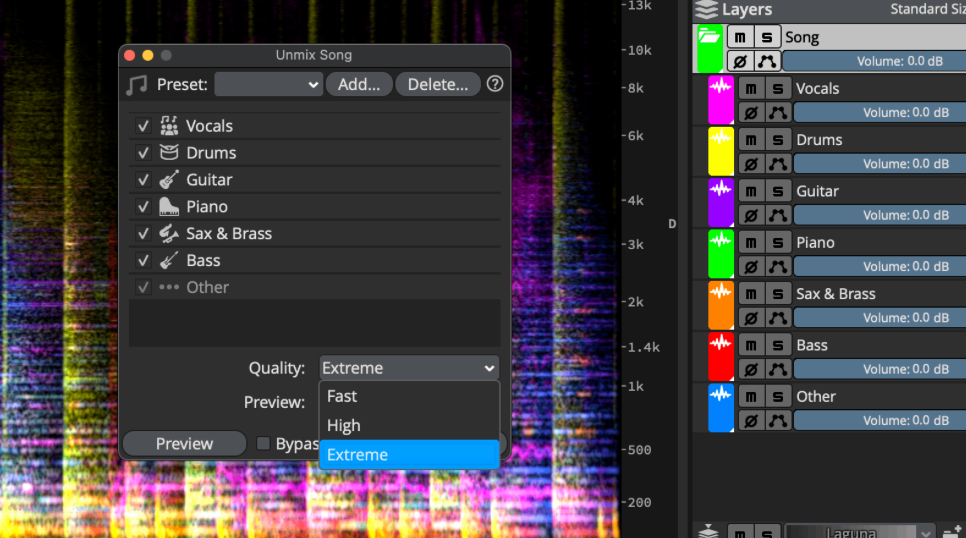
Beyond these new additions, existing unmixing processes like Unmix Song, Unmix Drums, and Unmix Noisy Speech have received substantial upgrades. Unmix Song now boasts dramatically better vocal separation and significant enhancements to drum, bass, and brass unmixing. The Unmix Drums process can now extract six discrete kit elements (kick, snare, toms, hi-hats, ride, and crash cymbals), offering unparalleled control over percussive elements.
Voice processing in SpectraLayers 12 has also reached new levels of accuracy. The new Voice Enhance module utilizes generative AI to intelligently reconstruct poor-quality voice recordings, improving clarity and quality while preserving the speaker's unique identity. A new DePlosive module automatically eliminates distracting plosives, and the Voice DeNoise and Unmix Transcription modules deliver much cleaner results, with transcription now supporting twice as many languages and offering double the accuracy.
A significant workflow enhancement is the ability for all SpectraLayers tools and processes to operate on multiple layers simultaneously. This allows for vertical editing across layers in standalone mode, enabling simultaneous edits on events spanning multiple stems. This functionality extends horizontally when used in ARA mode within Cubase or Nuendo, streamlining post-production workflows on multiple clips.
Precision is further amplified through sharpened selection tools. Frequency selection is now more accurate in tracking narrow frequencies, and elastic frequency selection offers greater flexibility for shifting content. Harmonics selection has become more intuitive, automatically calculating and selecting all harmonics in a series with simple drag gestures. Transient selection is also more detailed and flexible.
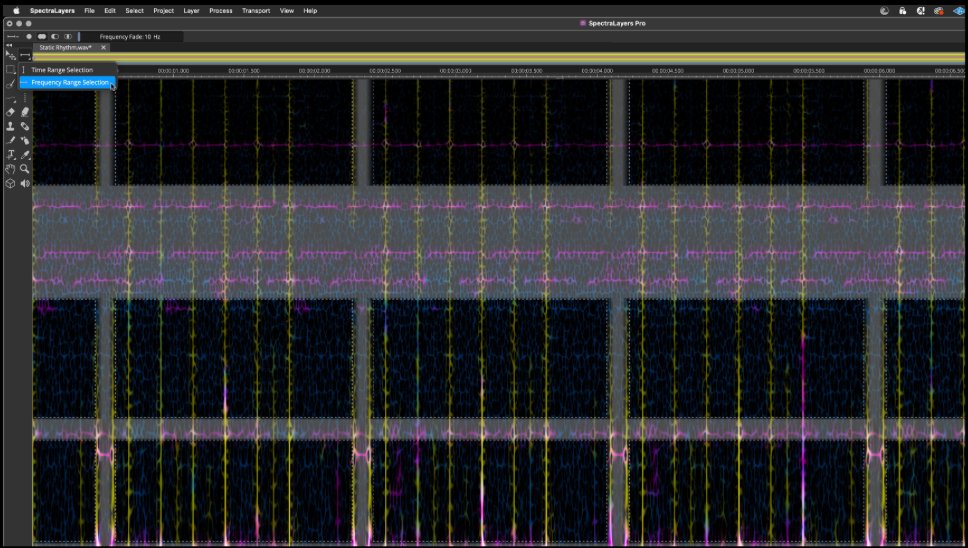
Additional workflow improvements include the ability to resize and fade selections on the fly, more logical volume envelope drawing, and easier organization of ARA clips in Cubase and Nuendo. SpectraLayers 12 also introduces improved batch processing, enhanced history panel consolidation, and native Arm64 support for Windows Arm, leading to improved performance and efficiency.
With its powerful AI-driven unmixing, advanced voice processing, and significant workflow enhancements, Steinberg SpectraLayers 12 solidifies its position as a leading spectral audio editing solution. Whether for meticulous audio restoration, intricate sound design, or refining mixes, SpectraLayers 12 offers an unprecedented level of control and precision to audio professionals.
PRİCE:
Pro version:$349.99
Elements version:$89.99



